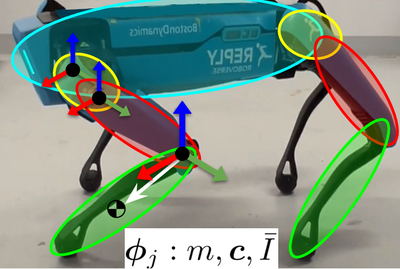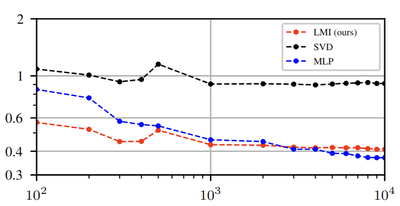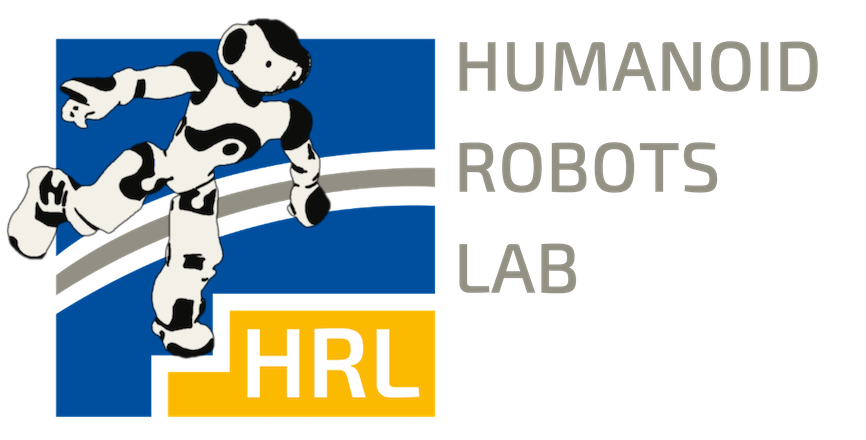Physically-Consistent Parameter Identification of Robots in Contact
Authors:
S. Khorshidi, M. Dawood, B. Nederkorn, M. Bennewitz, M. KhadivType:
PreprintPublished in:
Arxiv Pre-printYear:
2024Related Projects:
Embodied AI at LAMARR Institute for Machine Learning and Artificial IntelligenceLinks:
BibTex String
@article{khorshidi24identificaion,
title={Physically-Consistent Parameter Identification of Robots in Contact},
author={Khorshidi, Shahram and Dawood, Murad and Nederkorn, Benno and Bennewitz, Maren and Khadiv, Majid},
journal={arXiv preprint arXiv:2409.09850},
year={2024}
}


Abstract:
Accurate inertial parameter identification is crucial for the simulation and control of robots encountering intermittent contact with the environment. Classically, robots' inertial parameters are obtained from CAD models that are not precise (and sometimes not available, e.g., Spot from Boston Dynamics), hence requiring identification. To do that, existing methods require access to contact force measurement, a modality not present in modern quadruped and humanoid robots. This paper presents an alternative technique that utilizes joint current/torque measurements —a standard sensing modality in modern robots— to identify inertial parameters without requiring direct contact force measurements. By projecting the whole-body dynamics into the null space of contact constraints, we eliminate the dependency on contact forces and reformulate the identification problem as a linear matrix inequality that can handle physical and geometrical constraints. We compare our proposed method against a common black-box identification mrethod using a deep neural network and show that incorporating physical consistency significantly improves the sample efficiency and generalizability of the model. Finally, we validate our method on the Spot quadruped robot across various locomotion tasks, showcasing its accuracy and generalizability in real-world scenarios over different gaits.

